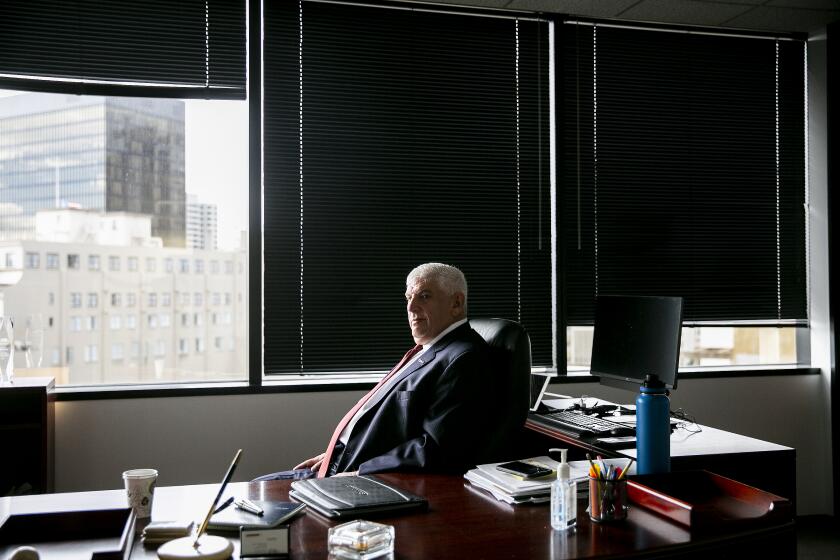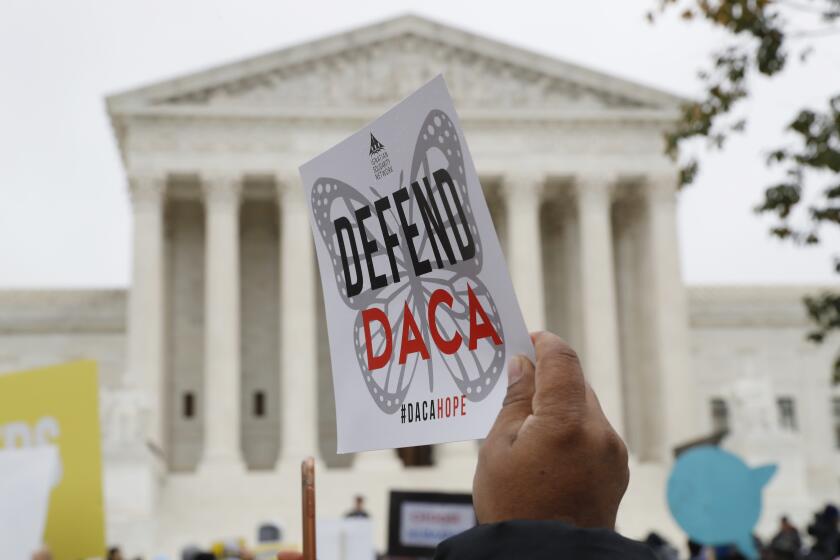Finally, a California government pension safety valve
A unanimous state appeals court ruling that local and state governments can make “reasonable” changes in pension terms going forward is the best news on the California pension front … ever.
For decades, under what was known as “the California rule,” once a government employee was hired, her or his pension benefits could only be increased, not reduced. This was based on the assumption that these benefits amounted to a contract between employer and employee.
Like us on Facebook to see more editorials, essays and cartoons. >>>
But in a ruling on unions’ push to continue late-career pension spiking in Marin County despite a 2012 state law saying such maneuvers were no longer legal, Associate Justice James Richman made a broader point: “While a public employee does have a ‘vested right’ to a pension, that right is only to a ‘reasonable’ pension — not an immutable entitlement to the most optimal formula of calculating the pension.”
This means that, for example, a government agency that now gives employees an annual pension of 2.5 percent of final pay times years on the job could seek through collective bargaining to change the multiplier to 2 percent for future years — but not for those years already worked.
Pension costs are going to skyrocket in coming years as more of the aging government workforce retires and as life expectancy continues to increase. But if the California Supreme Court agrees with the appellate ruling, at least governments in the Golden State will have a tool to deal with the arrival of the pension tsunami.






